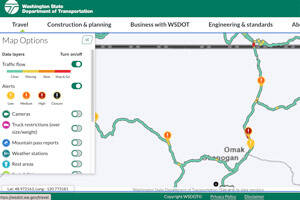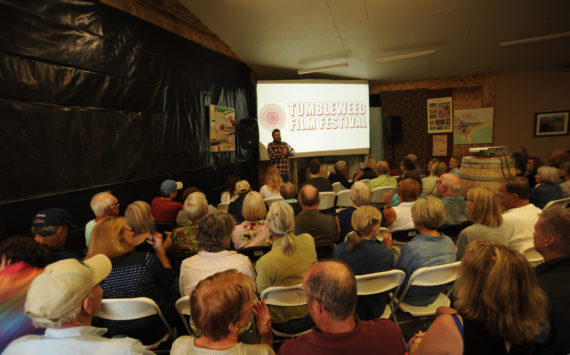Last Friday was “Earth Day.” It was intended to inspire awareness and appreciation for the Earth’s natural environment. Unfortunately it has become an opportunity for environmental extremists to demonize most human progress and promote their untested theories of a “green” economy.
We all want cleaner air and water. We all want healthy forests, beautiful beaches and magnificent unobstructed vistas. The problem is that the radical environmentalists are willing to destroy jobs, confiscate private property and severely restrict our personal freedoms in order to implement their “green” agenda.
Today’s “environmental movement” has become a cacophony of irrational arguments that condemn centuries of human progress. In the name of environmental purity these zealots have destroyed much of our economy. Forced us to depend on unstable third world dictators for needed energy resources. Caused us to divert scarce financial resources to unreliable “green” projects that do not work. And flooded our education system with junk science in support of their misguided agenda.
There is no doubt that we have made mistakes in our efforts to build a better world. We will make new mistakes in the future, but it is utterly insane to reject all industrial progress as having created an environmental disaster. And it is stupid to create massive bureaucracies whose only contribution to improving the environment is to stifle all economic activity.
It is far past time to start questioning just how this “green economy” is going to improve the quality of life. It is far past time that we started questioning exactly how all of the environmental regulations have actually helped improve our environment.
For example, lets talk about HOV lanes on freeways. High occupancy vehicle lanes were added to freeways decades ago as a way to encourage carpooling and thereby reduce congestion in high traffic areas by reducing the number of cars on the road. But a study done by the University of California in 2006 found HOV lanes actually increased congestion on the freeway. The net result – longer commute times and increased pollution.
And how about all of those wind farms? The Kittitas Valley Wind Project near Ellensburg was projected to have a rated capacity of up to 250 megawatts (MW) or 250,000 kilowatts (kW) with 100 to 150 wind turbines installed over 10,000 acres. If the rated capacity reached 250,000 kW and produced electricity at its full “rated” capacity for 24 hours per day all year long, it would produce 2,190,000,000 kilowatt-hours (kWh) of electricity annually (i.e., 250,000 kW x 8760 hours). The bad news is that wind turbines produce electricity only when the wind is blowing within a certain speed range. If the turbines produced electricity at 34 percent of capacity, the total annual output of the “wind farm” would be 744,600,000 kWh (i.e., 2,190,000,000 x .34). That may sound like a lot of electricity, however, it’s only about 64/100 of 1 percent of the 117 billion kWh of electricity generated in Washington state.
In 2006, 52 percent of Washington state voters approved Initiative 937 which requires 15 percent of our electricity must come from “renewable” sources – not including hydro power. Using the above information it would take a wind farm that covers a quarter of a million acres to produce 15 percent of the states electric load.
Growing concerns about noise, environmental impacts to birds and other wildlife and impairments to property use are causing many to question the practicality of this technology. Add to those issues the conflict occurring between wind power and hydro when both are generating electricity at peak loads creating surplus power and no way to store it. Under current law wind power gets a preference in the market, forcing hydro plants to sell their power at a loss.
We should all be working to clean up our environment, but abandoning technologies that have worked well for years to build the highest quality of life known to the human race is insane. It is time to take a hard, honest look at the promises of the green movement. When the ideas don’t work we need to abandon them. And until they offer true cost effective solutions, it makes no sense to build roadblocks to those that do in order to justify untested and unproven technologies and ideas that just don’t make sense.







